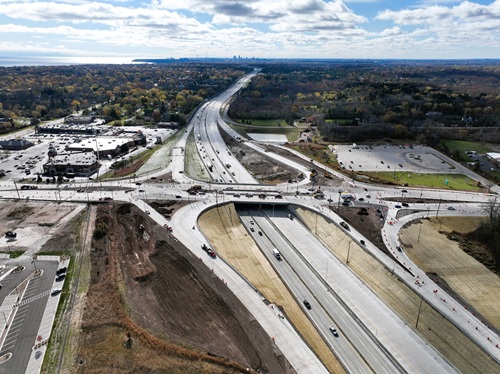The Wisconsin Department of Transportation is working to develop a new Connected and Automated Vehicle or “CAV” resource guide for communities across the state; a guide aimed at helping them consider what’s needed to implement CAV technology, including potential infrastructure upgrades, the impact on freight movement, plus anticipated costs and research needs.
[Above photo by Wisconsin DOT]
“Once complete, this resource guide will help our stakeholders and partners better understand how CAV technologies can improve safety and efficiency in our transportation system,” said Lea Collins-Worachek, administrator of Wisconsin DOT’s Division of Budget and Strategic Initiatives, in a statement.
“The guide will outline the benefits and challenges of CAVs, so communities can begin to develop integration strategies customized to their individual needs,” she stressed.
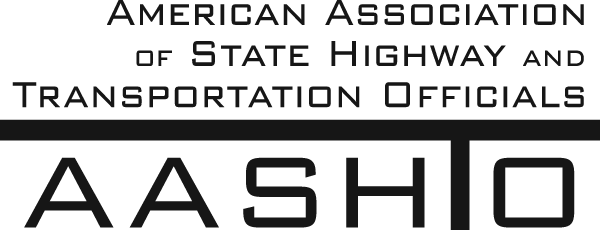
[Editor’s note: In October 2021, the American Association of State Highway and Transportation Officials published a policy paper outlining the 10 key policy principles needed for CAVs.]
Development of the guide is being led by the agency’s Wisconsin Automated Vehicle External or “WAVE” advisory committee. Formed in 2020, the WAVE committee meets twice a year and provides Wisconsin DOT with insight into how innovations in CAV technology can benefit and impact businesses and residents alike across the state.
Its members include nonprofit groups, industry professionals, academics, and lawmakers, plus state, local, and federal agency representatives.
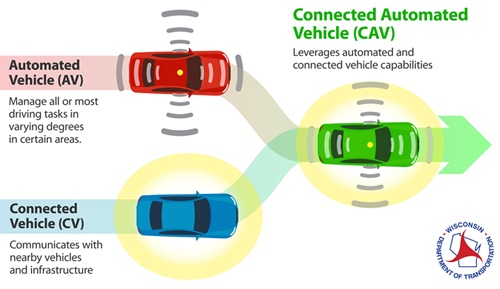
“CAVs are here [and] they ‘see’ differently than traditional vehicles. Whether it is wider paint lines, travel lane metrics, or other urban and rural needs, it is important to know how they inter-relate,” said Chris Hardy, WAVE committee member and highway commissioner for Wisconsin’s Brown County.
“CAV use affects people, roads, resources, and budgets so the WAVE committee helps local communities understand what is out there, how is it being used, what may be coming in the future and how that may impact local funding needs in the future,” he added.
Several state departments of transportation across the country and working on similar initiatives, often in the context of broader statewide mobility plans.
For example, in April, a pair of tractor-trailers with automated truck platooning technology travelled I-70 between Indianapolis and Columbus, OH, to deliver freight for EASE Logistics; part of a pilot test collaboration between the Ohio Department of Transportation’s DriveOhio initiative and the Indiana Department of Transportation to advance the adoption of truck automation technologies in the logistics industry across the Midwest.
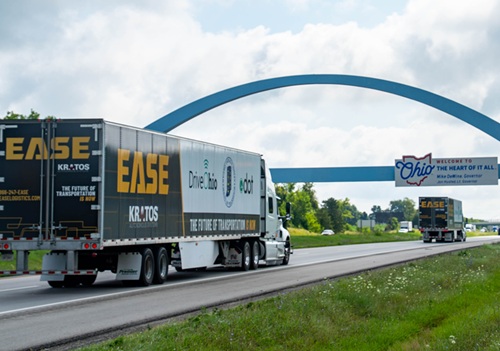
The EASE Logistics trucks featured platooning technology provided by Kratos Defense that electronically links the two vehicles and allows the driver of the lead vehicle to control the speed and direction of the second truck, enabling it to precisely follow the path of the leader.
Meanwhile, in May 2024, the North Carolina Department of Transportation released its Advanced Transportation Mobility Strategic Plan; described as the “next step forward” in the agency’s effort to improve transportation by exploring the use of innovative air and ground mobility technologies.
Officially named “Advance Mobility NC,” the plan seeks to leverage the work of NCDOT’s Aviation, Integrated Mobility, and Rail divisions to create a multimodal transportation system that improves the movement of people and freight.
The agency said its new strategic plan outlines actions to integrate cutting-edge technologies such as CAVs, electric zero-emission aircraft, and other innovations into the state’s transportation infrastructure.
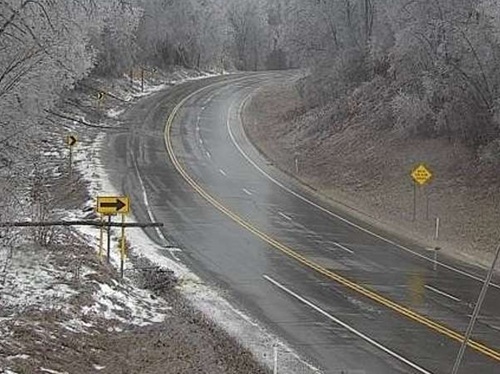 States
States
Podcast: Flashing LED Lights Can Boost Roadway Safety
December 5, 2025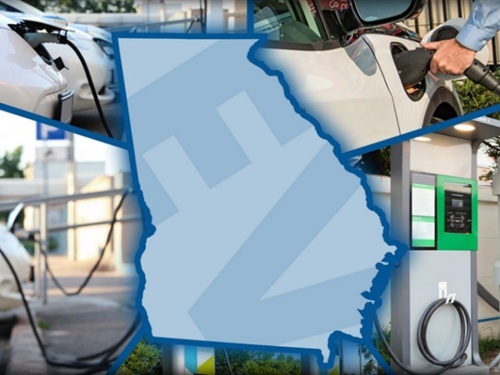 States
States
